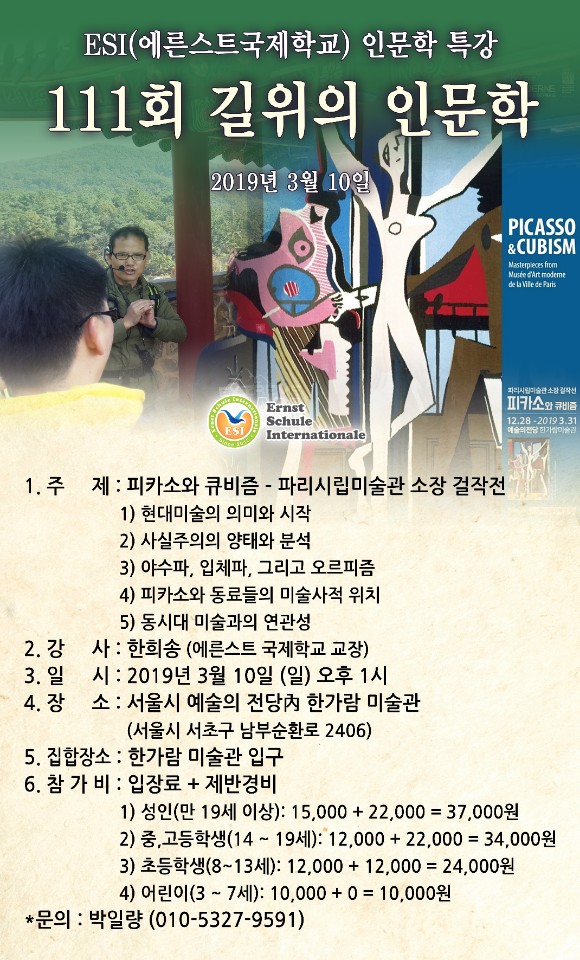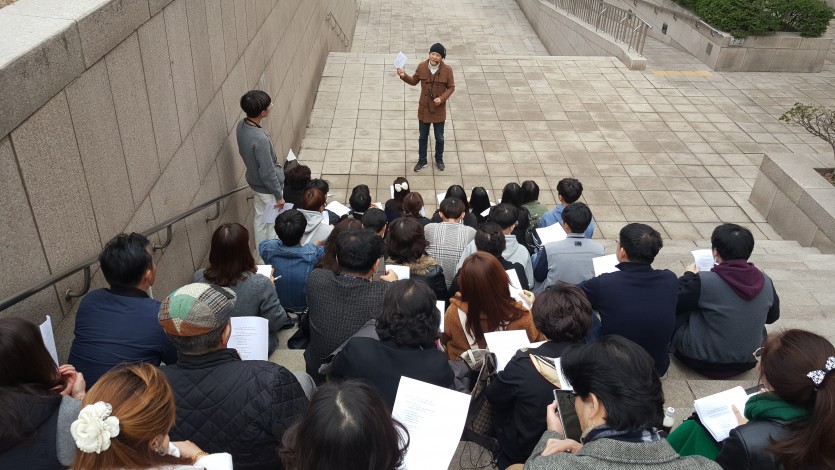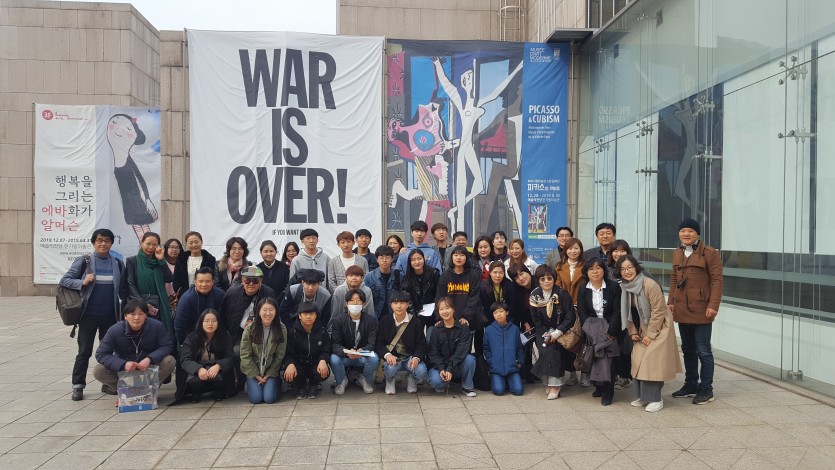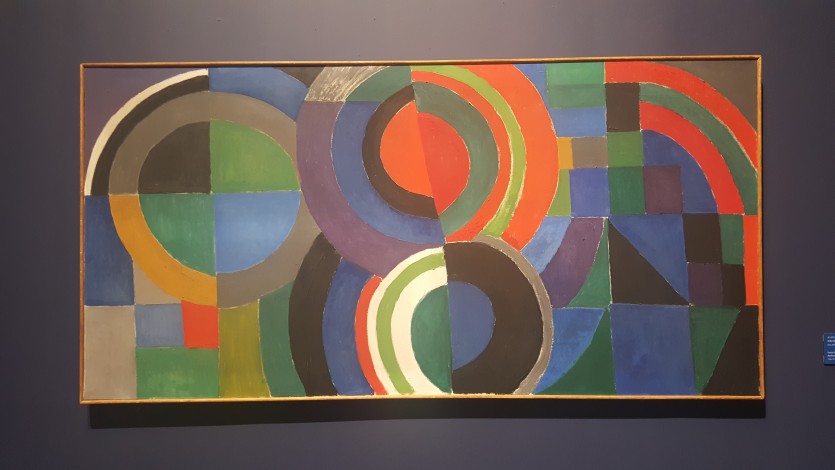1. When did Modern Art begin? What does it signify?
- What are Modern and Contemporary Ages?
- Three-period or four-period frameworks of history
Ancient ages / Middle Ages / Modern Ages
(Ancient ages / Middle Ages / Modern Ages / Contemporary Ages)
2. Representational/Figurative Art vs. Abstractive Art
3. Aspect and Analysis of Realism
- What does reality signify in realism?
In Traditional Art / In Modern Art / In Contemporary Art
4. The Position of Paul Cezanne in Art History.
- The Value of Traditional Prospective
- A New Approach to Chiaroscuro
- Analysis of 3-Dimensional Space in 2-Dimensional Space
5. Fauvism, Cubism, and Orphism
- Does Music Consist of Notes or Sounds?
- Is Fine Art Composed of Lines or Colours?
- The Distribution of Reason and Emotion
6. Where in Art History were Picasso and his Friends Aware of their Place?
- What is Cubism?
- The Transition between Spaces
- Is Essence of Life Figurative or Abstractive?
7. The Relationship of Cubism and Contemporary Art
- Abstractionism Coming On
- Can Abstractive Space Exist?
- Why Do We Go Artistic? What is Aesthetics?
- What Kind of Art Could Come after Contemporary Art?





